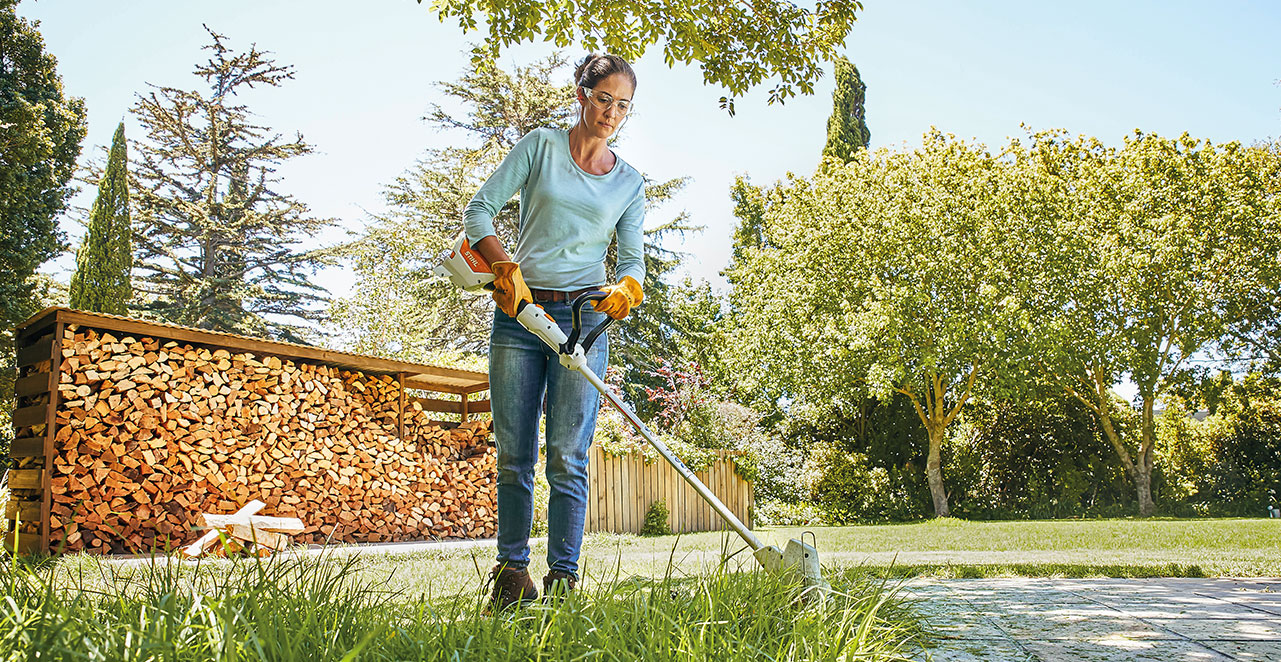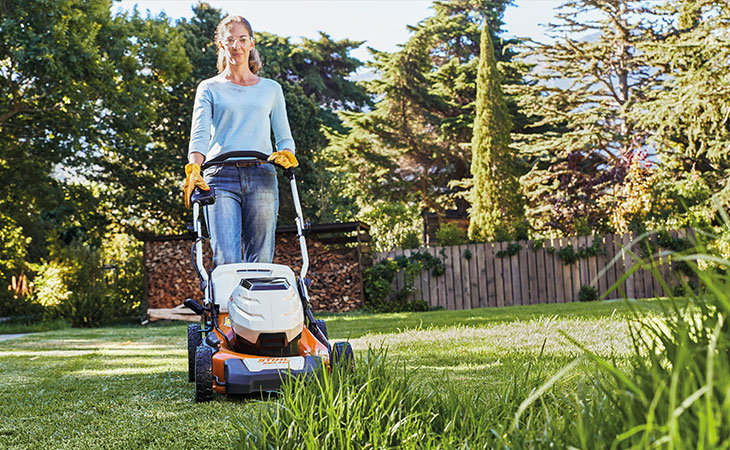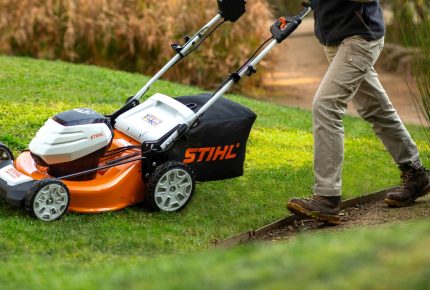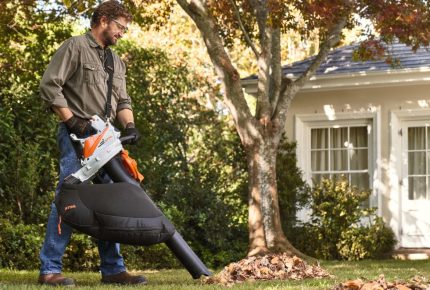
#How To
How To Rejuvenate Your Lawn
A great looking will lawn frame the look of your garden, and there’s no doubt it requires a bit of attention after a dry summer to bring it back to life. The rate at which your lawn grows will slow considerably over winter, so while we’re all forced to spend a little more time at home over the coming weeks or months, now is a great time to breathe some life back into it.
Tidy it up
The first step towards rejuvenating your lawn to trim the edges, give it a quick mow on a medium height setting, and remove any grass runners that are growing over your paths and driveways with a grass trimmer. This is also the time to get stuck into the one task we all hate doing – weeding! Winter weeds become a bigger problem each year they’re left to spread, so it’s important to get rid of them as soon as they rear their ugly heads. Plus, if you do decide to leave them there, all of the steps you take to improve the health of your lawn will also encourage your weeds to grow!
Once your lawn is in shape and weeds removed, the first step to improve it’s health starts with your soil. This is where the root system of the lawn spreads and absorbs the goodness you put into it, feeding the green blades with the nutrients and water that they need. Aerating your soil involves putting holes through the lawn deep into the soil to allow the fertiliser, water and top-dress soil to reach roots. Use a cultivator, spiked roller, garden fork or an aerator to perforate your lawn and open up the dense soil.
Remove the thatch
This step is arguably one of the most important. The ‘thatch’ is a layer of organic matter made up of grass clippings, plant matter and roots which accumulates just on top of the root system and the bottom of the grass blades over time. If you allow this to build up too much and it becomes too thick, it will remain wet after rain and watering which can be detrimental to the health of your lawn. Every four months or so, use the dethatcher to break up the thatch allowing this layer to dry out. This can also be done with a rake.
FEED & DRESS
Once you have aerated your lawn and removed the thatch, your lawn is ready for a feed. There are numerous fertilisers available, ranging from a slow-release food, to an organic pellets and enriched top-dressing soil. We recommended using a fertiliser spreader so that you distribute the food evenly accross your lawn. Too much fertiliser can burn your grass, whereas not enough will limit the nutrients that the grass needs. Have a read on the packaging of the lawn fertiliser that you have decided on, and spread it over the lawn at the recommended rate.
The final step is to lightly top-dress the lawn. This involves using a soil mix appropriate for lawns (usually a sand/soil mix 80:20), and lightly spreading it over the lawn. The sand component of the top-dress aides in drainage and reduces the risk of water logging, while the soil component adds organic matter. This will also help to level any areas that have sunk over the last twelve months.
Winter care
It’s important to be mindful that your lawn will feel the full wrath of winter, with the growth slowing right down, and the glossy green thick growth becoming a little dull and bare. During the coldest part of the year, you may only need to do a mow once every four to five weeks, compared to weekly in summer.
Through winter, the sun is lower in the sky often creating more shadowed or dark areas, the soil will remain damp as it doesn’t have the hot sunlight to dry it out, so don’t bother to water it too often if at all, unless you’re in a very dry part of the country. Be sure to remove leaf littler from your lawn too so that it doesn’t get smothered.
Click here for more garden projects to keep you busy and active at home.








